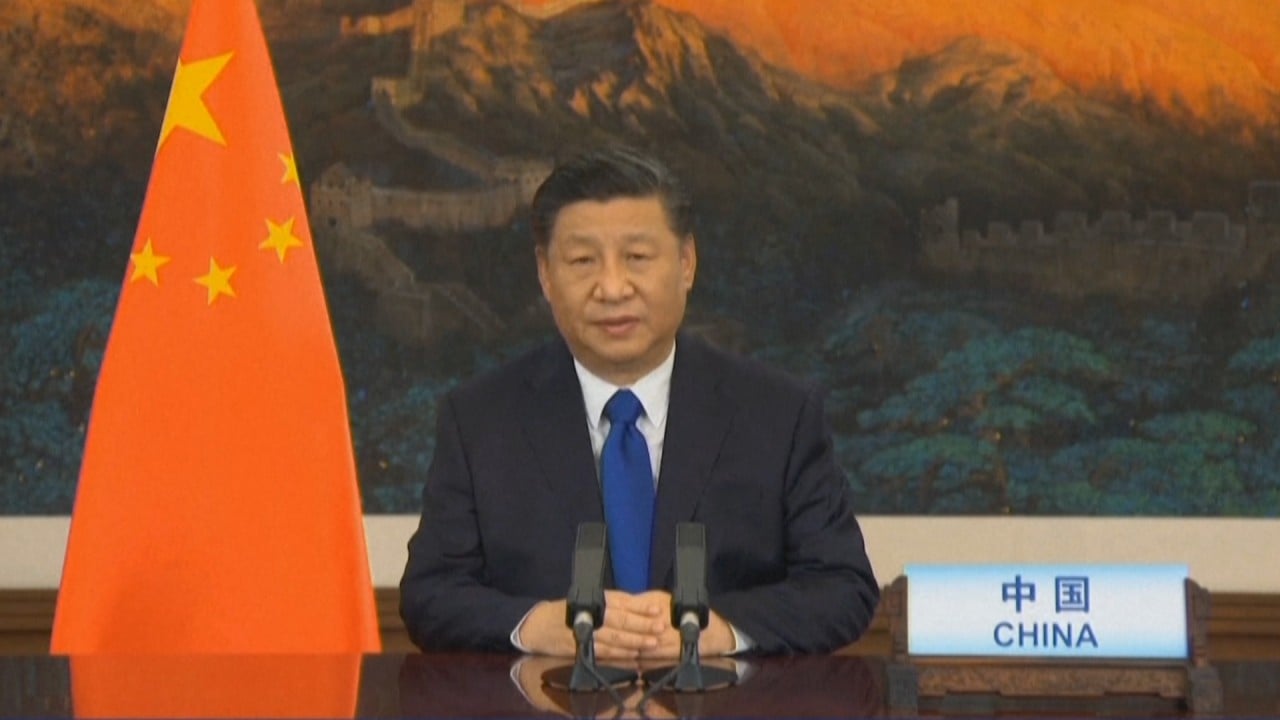
Sinopec says it has started building China’s largest carbon capture project
- The project involves capturing carbon dioxide from Sinopec’s Qilu refinery during a hydrogen making process and then injecting it into 73 oil wells in the nearby Shengli oilfield
- Company estimates that 10.68 million tonnes of carbon dioxide will be injected, which will boost crude production by nearly 3 million tonnes
The Chinese state-owned oil and gas producer has been planning to cap its carbon emissions at peak levels before a national timeline set by the government for 2030, both through its work to increase hydrogen output and the treatment and capture of carbon dioxide.
At a purified rate of more than 99 per cent, carbon dioxide can be mixed with crude oil and helps generate higher oil production. Sinopec estimated that 10.68 million tonnes of carbon dioxide would be injected into the oilfield over the next 15 years and boost crude oil production by nearly 3 million tonnes.
The project is expected to start operations at the end of this year, Sinopec said, adding that it plans to build similar projects in neighbouring Jiangsu province, by capturing and utilising carbon dioxide from refinery and petrochemical plants there, and using them to boost oil output at its Huadong and Jiangsu oilfields.

01:24
China to reduce carbon emissions by over 65 per cent, Xi Jinping says
The oil and gas firm said it would explore setting up a CCUS research and development centre, but did not provide financial details about these investments.
A growing number of countries including China are targeting net zero carbon dioxide emissions by around the middle of the century in the wake of the 2015 Paris climate agreement. To achieve that, the amount of carbon dioxide captured must rocket to 800 million tonnes in 2030 from around 40 million tonnes currently and requires up to US$160 billion in investment, the International Energy Agency said last September.
Elsewhere, China will allow power generators to build power transmission facilities connecting renewable plants and the grid system, the country’s state planner said in a statement on Monday. The move is aimed at boosting renewable power consumption. Facilities built by power generators can be bought back by grid firms if the two parties reach an agreement, the statement said.

